Erebuni Museum
| Էրեբունի թանգարան | |
.jpg) | |
| Established | 1968 |
|---|---|
| Location | Yerevan, Armenia |
| Type |
history museum archeological museum |
| Collection size | 12,235 |
| Website | official website |
Erebuni Museum (Armenian: Էրեբունի թանգարան, Ērebunu t'angaran) was established in 1968. The opening of the museum was timed to coincide with the 2750th anniversary of Yerevan. The Museum stands at the foot of the Arin Berd hill, on top of which the Urartian Fortress Erebouni has stood since 782 BCE. The City-Fortress was excavated, some parts of the structure were reinforced and restored, and the fortress was turned into an outdoor Museum.
A cuneiform inscription testifies that the city was built by Argishti I the King of Urartu in 782 BCE. The majority of the fortress was built from raw bricks. The citadel was encircled by strong walls in some places built in three rows. The temple of God Khaldi occupied an important place in the fortress. The walls of the temple were decorated with numerous frescos. Archeologists have found giant karasses (pitches for storage of wine) buried in the ground. Ceramics, potter’s wheels and other articles used in everyday life were also unearthed during excavations. There is huge collection of artifacts, sups, jars, bronze bracelets, glass, agate beads and many other things that tell us about the life of the citadel, the tastes and habits of its inhabitants. The building of the Museum that houses 12,235 exhibits was constructed by architects Baghdasar Arzoumanian and Shmavon Azatian and sculptor A. Harutiunian. It has two branches in Shengavit and Karmir Blur with 5,288 and 1,620 exhibits respectively in stock.
Gagik Gyurjyan has been the director of the museum since 2009.
Gallery
- Erebuni Museum
.jpg)
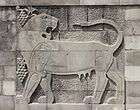
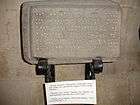
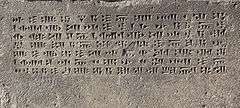
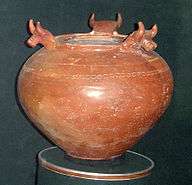
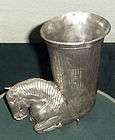
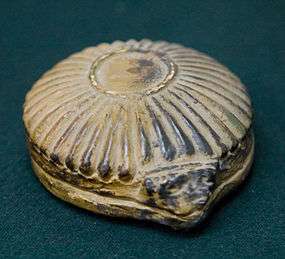

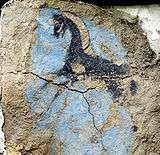
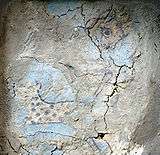
External links
| Wikimedia Commons has media related to Erebuni Museum. |
Coordinates: 40°08′28″N 44°32′07″E / 40.14111°N 44.53528°E